Neuroscience

Neurotransmitter receptors function via various G-protein coupled and G-protein independent mechanisms that activate downstream intracellular signaling pathways such as cAMP/PKA, PI3K/AKT, phospholipase A2, and phospholipase C pathways. For instance, dopamine receptors act through adenylate cyclase to activate PKA and other signaling molecules, thereby mediate gene expression through the actions of CREB and other transcription factors. Other neurotransmitters such as NMDAR or AMPAR are associated with ion channels that control flux of Ca2+ and Na+, thus propagating the action potential across the post-synaptic neuron.
Dysfunctions in GABAergic/glutamatergic/serotonergic/dopaminergic pathways result in a broad range of neurological disorders such as chronic pain, neurodegenerative diseases, and insomnia, as well as mental disorders including schizophrenia, bipolar disorder, depression, and addiction.
-
 B2112 Milnacipran HClSummary: Orally active 5-HT and noradrenalin re-uptake inhibitor
B2112 Milnacipran HClSummary: Orally active 5-HT and noradrenalin re-uptake inhibitor -
 B1117 AzatadineSummary: Histamine and cholinergic inhibitor
B1117 AzatadineSummary: Histamine and cholinergic inhibitor -
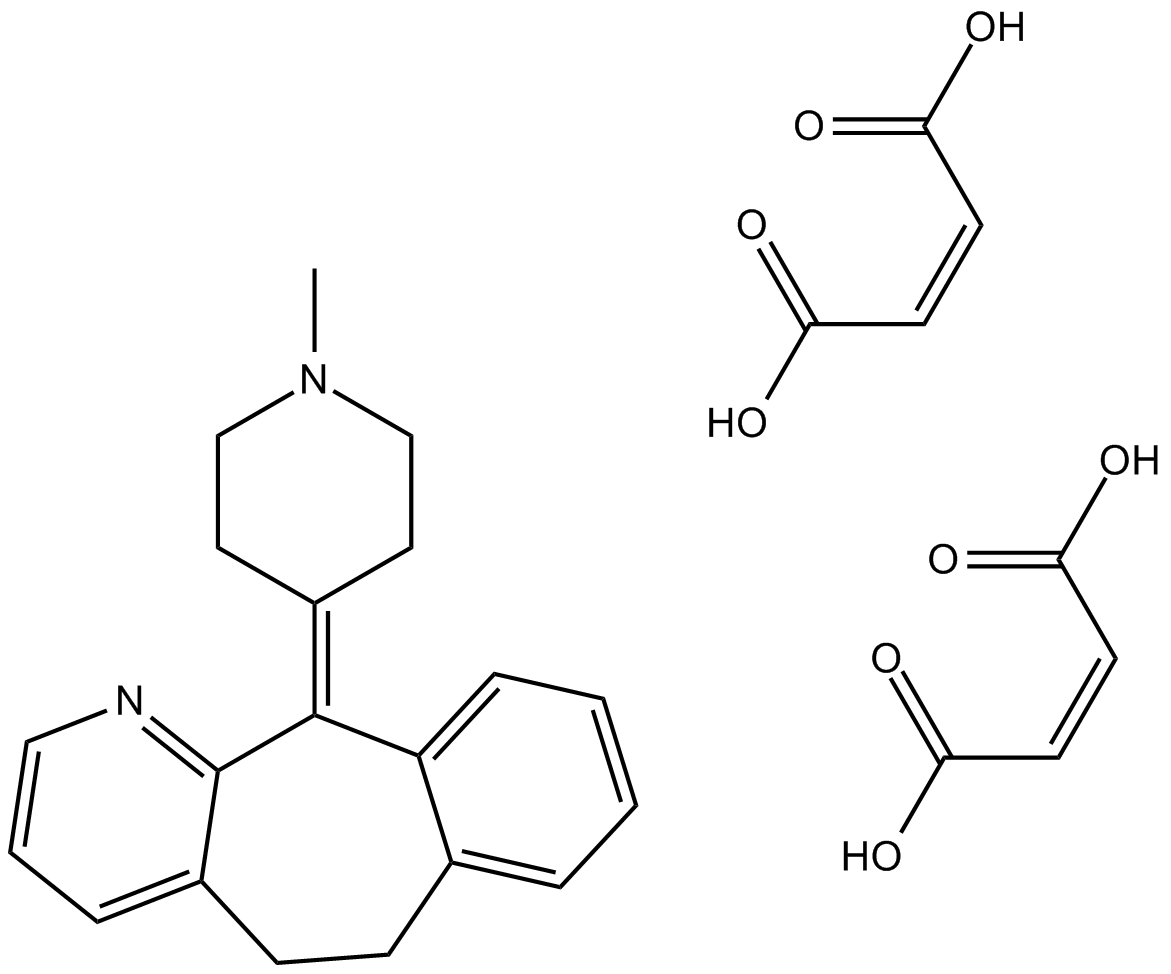 B1567 Azatadine dimaleateSummary: Histamine and cholinergic inhibitor
B1567 Azatadine dimaleateSummary: Histamine and cholinergic inhibitor -
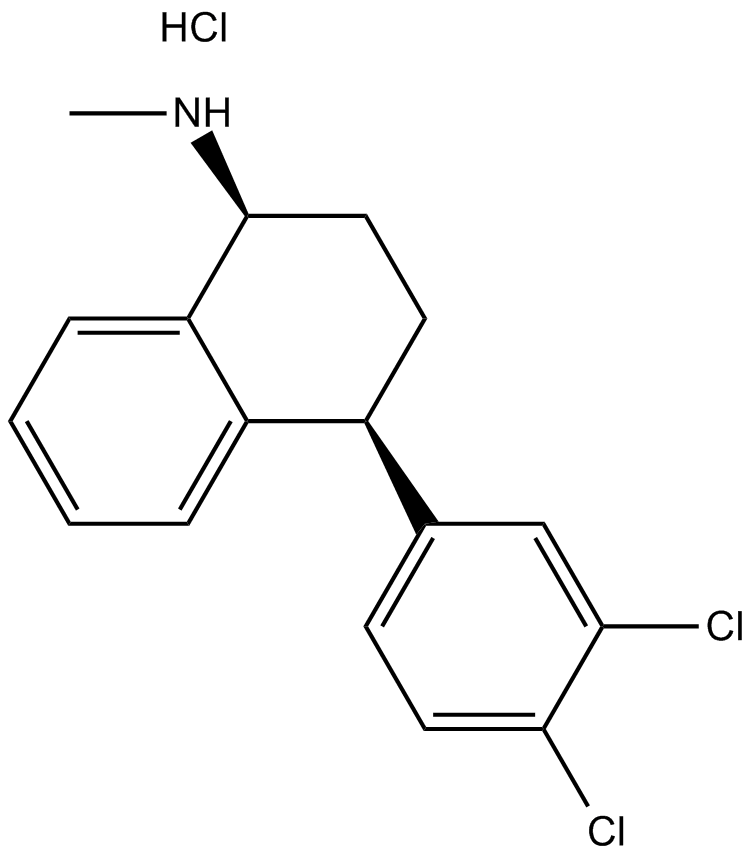 B2257 Sertraline HClSummary: selective serotonin re-uptake inhibitor (SSRI)
B2257 Sertraline HClSummary: selective serotonin re-uptake inhibitor (SSRI) -
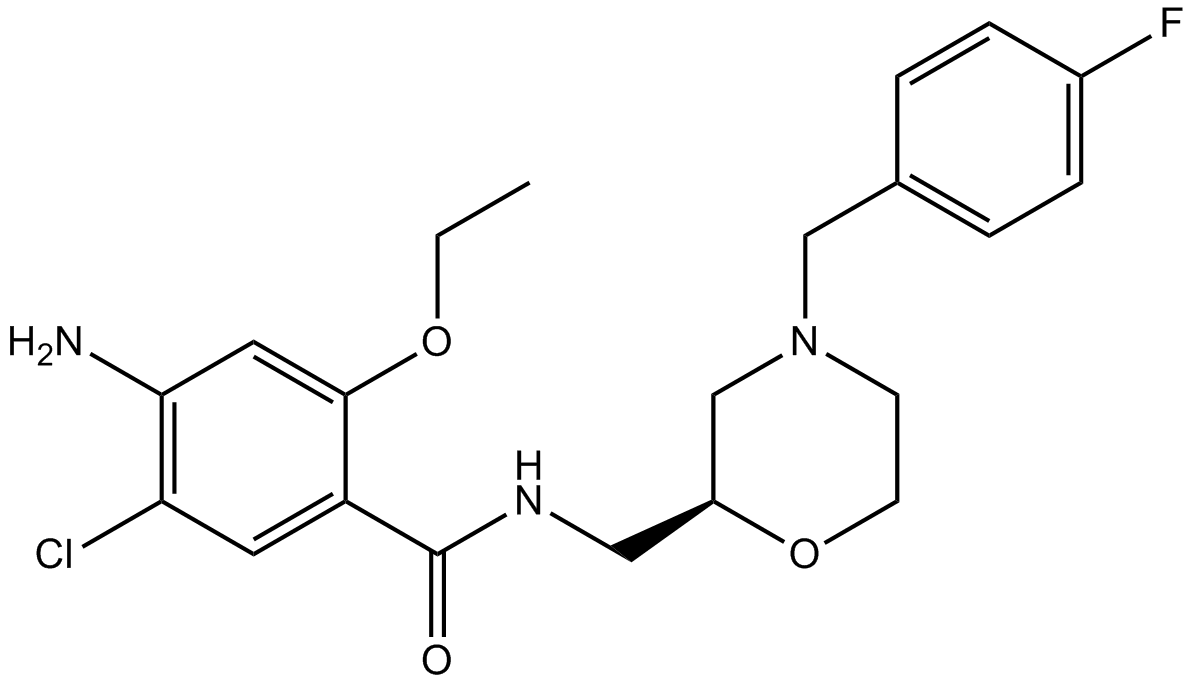 B1059 MosaprideSummary: Selective 5HT4 agonist
B1059 MosaprideSummary: Selective 5HT4 agonist -
 B2251 NaratriptanTarget: 5-HT1 ReceptorSummary: selective 5-HT1 receptor subtype agonist
B2251 NaratriptanTarget: 5-HT1 ReceptorSummary: selective 5-HT1 receptor subtype agonist -
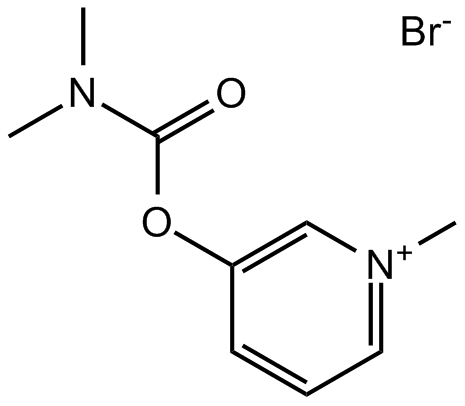 B1613 Pyridostigmine BromideSummary: Reversible cholinesterase inhibitor
B1613 Pyridostigmine BromideSummary: Reversible cholinesterase inhibitor -
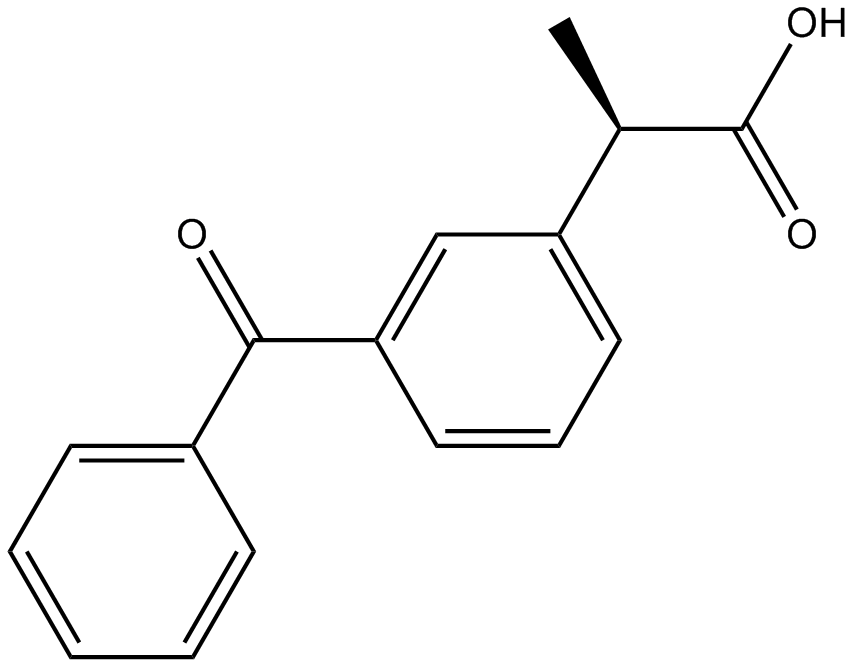 B1446 KetoprofenSummary: Dual COX1/2 inhibitor
B1446 KetoprofenSummary: Dual COX1/2 inhibitor -
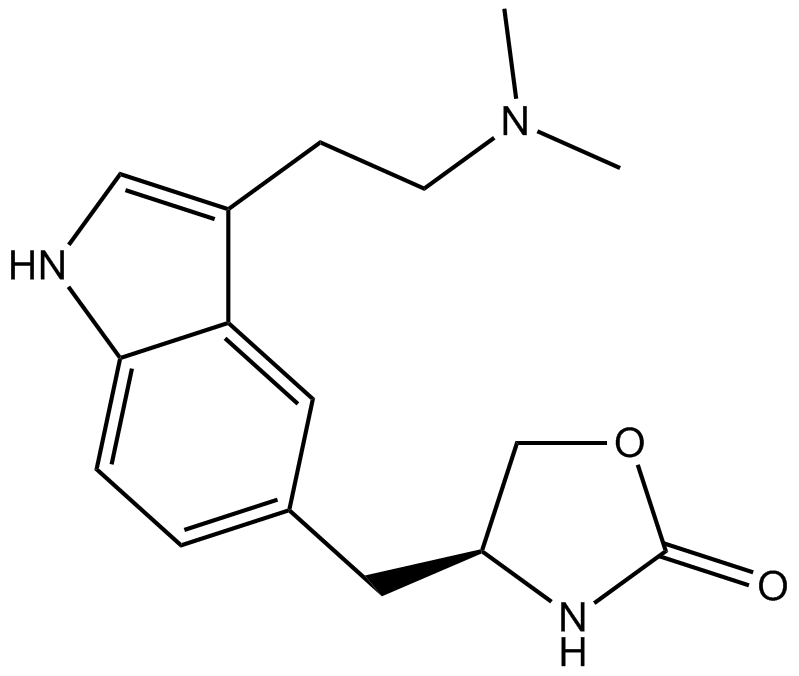 B2261 ZolmitriptanSummary: Potent 5-HT1B/1D/1F agonist
B2261 ZolmitriptanSummary: Potent 5-HT1B/1D/1F agonist -
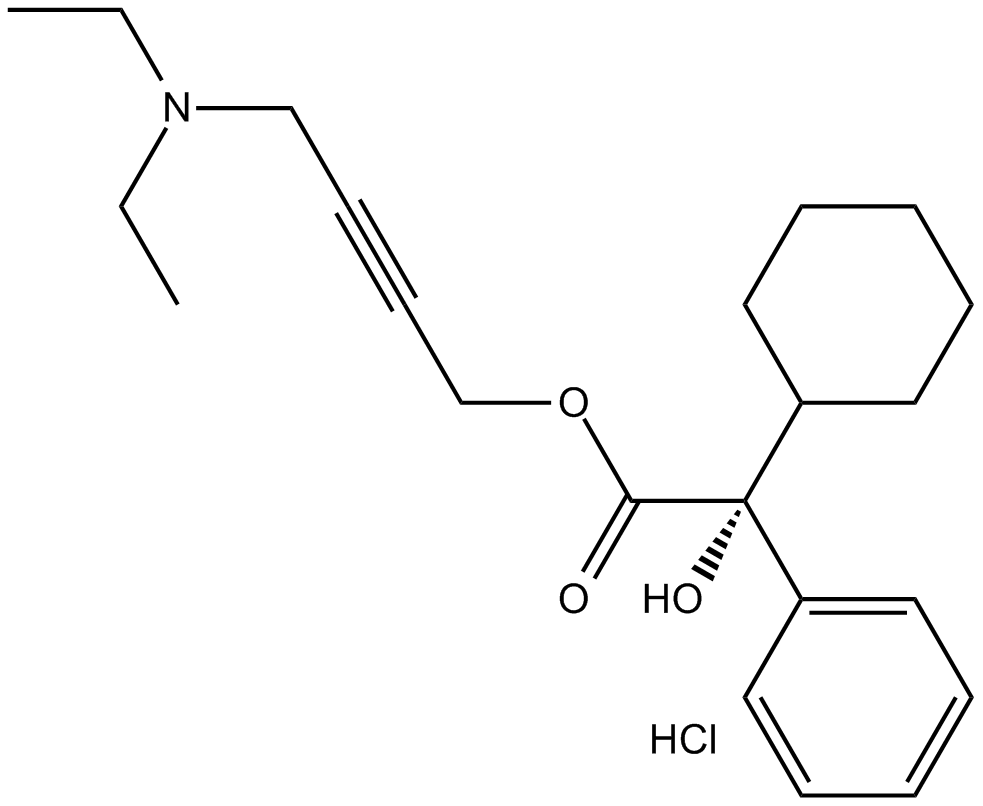 B1134 Oxybutynin chlorideSummary: Anticholinergic medication
B1134 Oxybutynin chlorideSummary: Anticholinergic medication

